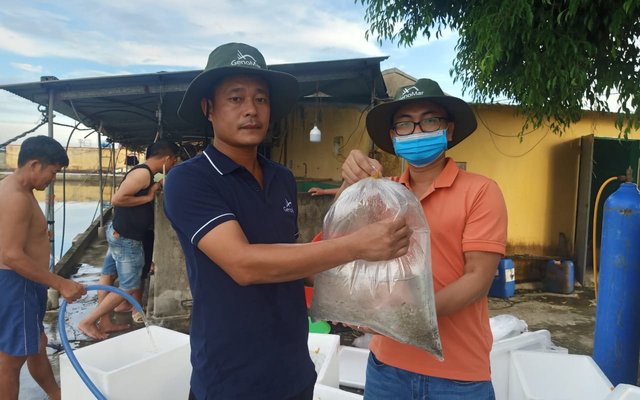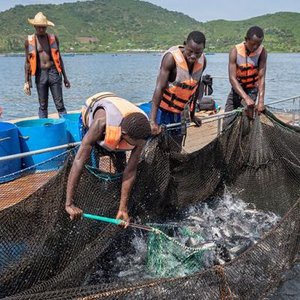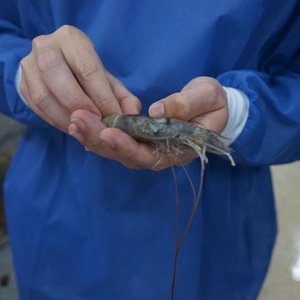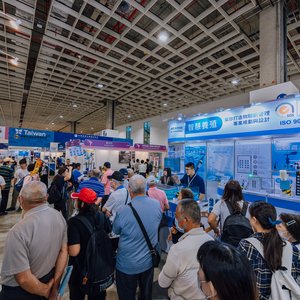GenoMar Genetics Vietnam (GGV) achieved an important milestone by successfully shipping genetically improved fingerlings for the first time to a customer in the Hai Duong province, in northern Vietnam, from its new production base in the Tay Ninh province.
“We are very impressed by the agility and execution capabilities of our Vietnamese team despite the challenges brought by COVID-19,” said Alejandro Tola Alvarez, CEO at GenoMar Genetics Group. “We imported Specific Pathogen Free (SPF) tilapia larvae parent stock from our nucleus facility in the Philippines in March 2021 and delivered the first fingerlings from the new site in August 2021. Having products in the market in such a short time reflects the tremendous effort the team has made to carry out our plans.”
Biosecurity, all-year-round production and superior genetics are the company’s key points to support the development of a sustainable tilapia industry. “The facility is strategically located and designed to maintain a steady supply of SPF eggs, larvae and fingerlings throughout the year. These are two of our most important values for successful farming,” said Nguyen Van Trung, general manager at GGV.
Most of the fingerlings in the market now are either produced in northern Vietnam or imported from China. The supply from these areas is seasonal since black tilapia production is exposed to climatic conditions that inhibit tilapia reproduction and production of eggs. The industry, therefore, struggles to get starting material in parts of the year. Furthermore, with most of the tilapia fingerlings being imported by informal ways from China, securing disease-free starting material is a real challenge and an area where GGV intends to make strong contributions.
“As a primary breeder at the top of the value chain, we take health management very seriously,” Trung said. “The Vietnamese parent stocks are SPF, the facility is designed with biosecurity principles, and we are implementing comprehensive health management plans and metrics.”
“Fingerlings in this first-time delivery were produced from the 30th generation of GenoMar’s broodstock in Asia. Fish have been bred for fast growth and general robustness from the early beginning and are also specifically selected for resistance to Streptococcosis and fillet yield,” said Anders Skaarud, who works as a senior researcher at the company labs in Norway.
“We are noticing strong interest in the market for our products to a point where all our expected production for the next few months is already sold out. The focus now will be to follow up the performance of the fish under Vietnamese farming conditions and opening a second hatchery farm in the Red River area in northern Vietnam,” concluded Trung.













